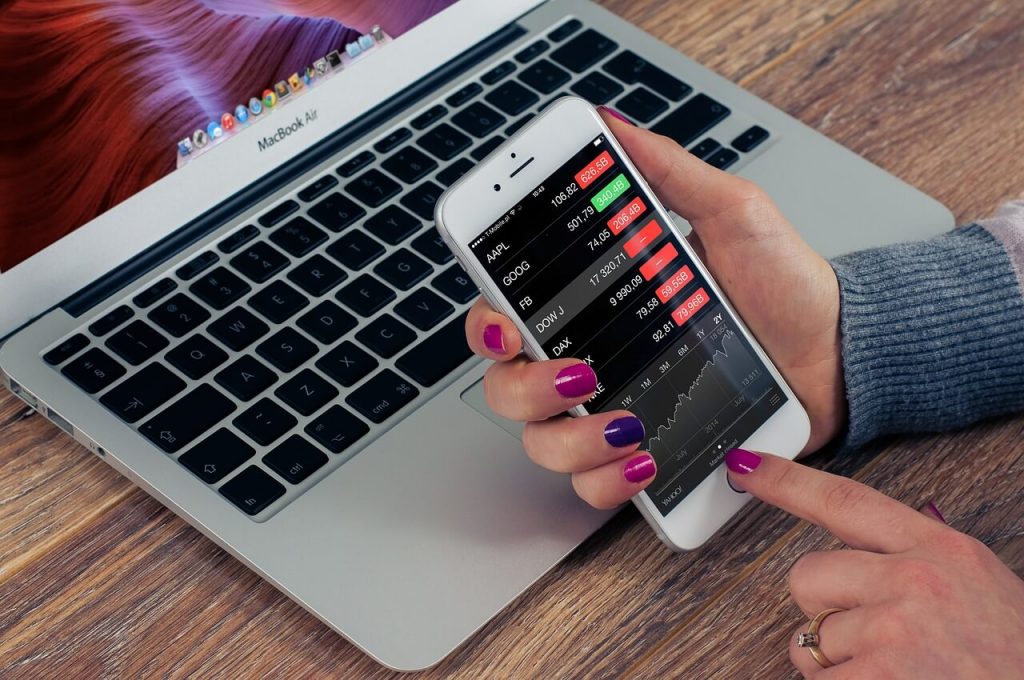If you’ve lost income and looking to make some extra cash due to COVID-19, you’re not alone. Millions of Americans are currently unemployed or furloughed with no clear answer of when things will get back to normal. If you’re like most people stuck at home, you’re looking for ways to make the most of your time quarantined. You’re also likely looking for ways to make some extra cash to make ends meet.
If you’ve ever considered trying to take a chance with the stock market – now is a great period to give it a try. Being successful in trading requires some upfront learning and education. If you already have some open time, why not put it towards learning a skill that could exponentially increase your income?
What’s the best way to get started making some extra cash? What style of trading is right for new traders? Let’s chat about how to make some extra cash while quarantined by trading from home.

Trading Styles for Quick Cash
When you’re looking to earn cash fast, you aren’t looking for long-term investing. While investment portfolios are terrific for retirement planning, they don’t do much to help you earn cash today.
There are a few different trading options to consider for making extra cash. They include:
- Forex Trading
- Day Trading
- Swing Trading
- Shorting
Each of these different styles has pros and cons. Let’s briefly take a look at each type.
Comparing Different Fast Cash Trading Methods
Forex trading is the one that’s completely different from the other three on the list. Forex is short for foreign exchange. Unlike the stock market, you aren’t trading stocks; you’re trading currencies. Essentially, you’re exchanging cash from different countries to make a profit. It’s all about studying and understanding the currency market and currency exchange rates.
The forex market is open twenty-four seven, seven days a week. This is different from the stock market, which closes every evening and doesn’t operate on the weekends. Forex trading has fewer regulations and requires more leverage. Ultimately, this means that there’s more earning potential with Forex trading than stock market trading, but there’s significantly more risk.
The other three types, day trading, swing trading, and shorting, tend to deal with the stock market, but they’re all different in their methodologies.
Shorting is a borrowing game. Essentially, you borrow stocks from your broker in the hopes that you can sell the borrowed shares and repurchase them at a cheaper price. You make your profit in the difference.
For example, you borrow 1,000 stocks priced at .20 cents a share. You sell all 1,000 for .20 apiece. Then, you wait for their price to drop. Let’s say you wait until that price drops to .10 cents a share, you repurchase them, and then give them back to your broker. You keep the $100 difference. (Generally, you’re wagering with much more than $200, but you see the idea.)
Shorting has a benefit because you don’t need tons of capital to start trading. However, there’s a lot of risks. You have to determine and predict which stocks will drop, and borrow, sell, and buy at the right time. Losses can add up quickly with shorting, so you have to know what you’re doing before you try out this style.
Day trading is most likely your best avenue to make quick cash while quarantining at home. Day trading involves buying and selling positions in one trading day. The goal is to make small profits on each trade, and those profits add up incrementally.
Day trading is fast-paced and aggressive. It relies on quick reaction times and an iron stomach. However, many people have found wild success by day trading.
Swing trading is similar to day trading, except instead of holding a position for a single day, you hold a position for a few days to a few weeks. You won’t have as many options for earning, but it’s a little more relaxed than day trading.
In both day trading and swing trading, you’ll mainly focus on finding large-cap stocks that have plenty of liquidity.
How Do I Get Started?

Generally, it’s best to learn how to day trade first. It gives you a quick introduction to the stock market. It forces you to think swiftly on your feet and rapidly adjust and develop your own trading style. You might find that you like day trading so much that you don’t want to try anything else out!
Before you dive in, be sure to research and learn as much as you can. Watch videos, take courses, read books, and talk to experts. Then, find a day trading software that works for you and start trading. Remember, start slowly, and don’t put more money in than you can afford to lose.
Skylar Hammond is a writer for True Trader who specializes in topics such as stock trading, personal finance, and forex. He focuses on helping beginners and experts alike learn more about the market and improve their trading skills.
